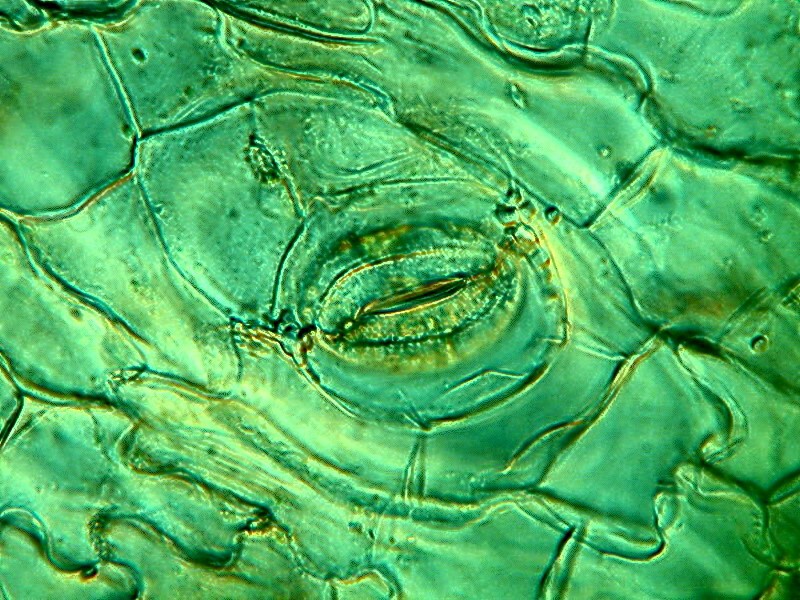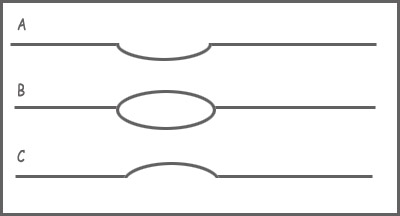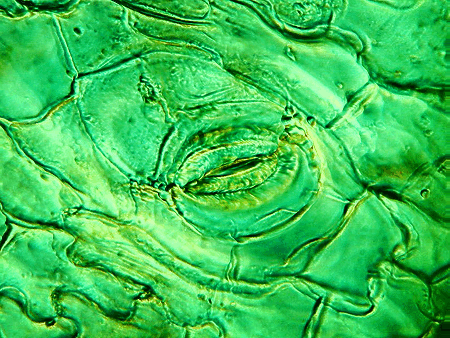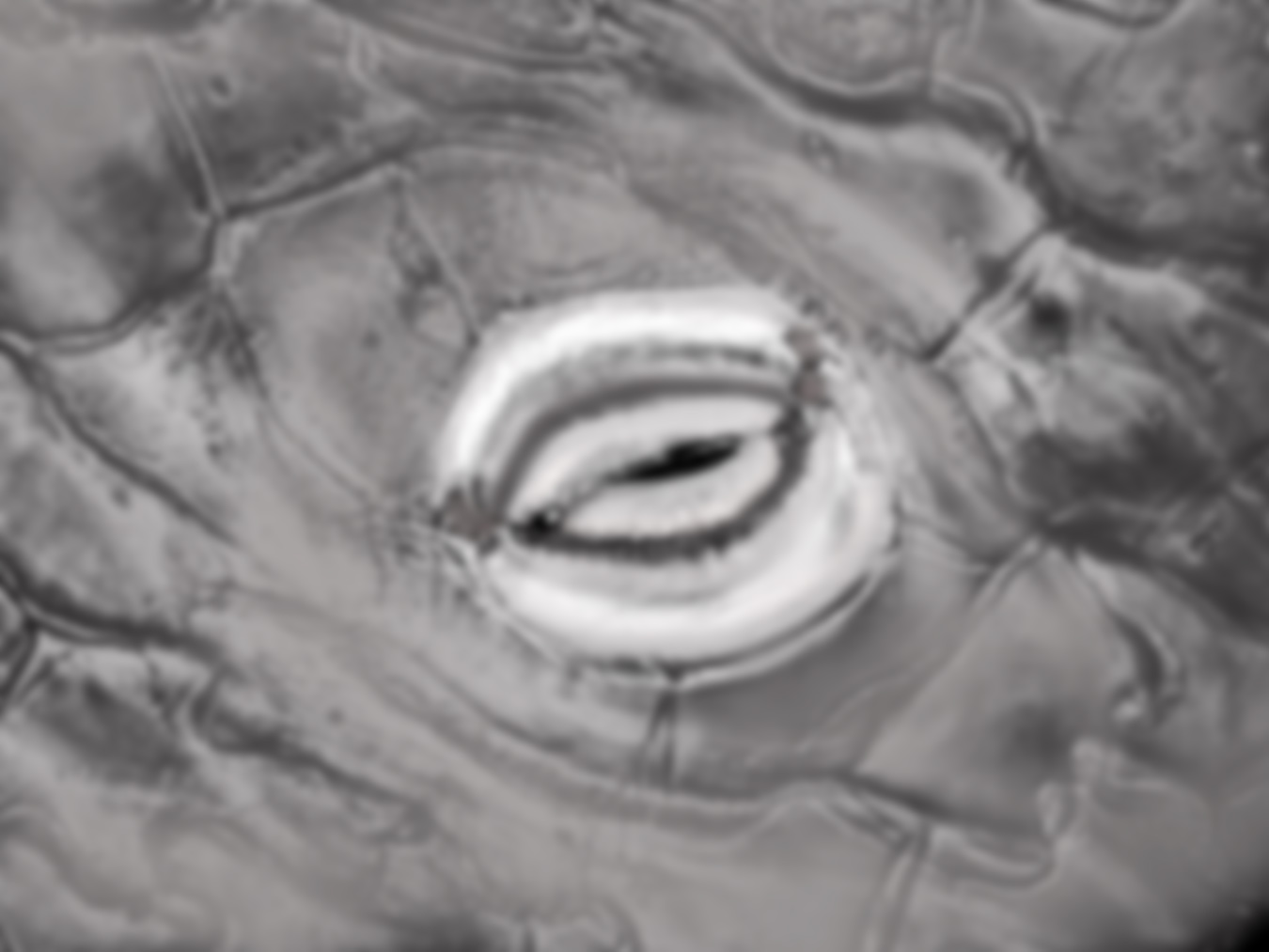3D IS BETTER THAN 2D?
But only if you know how to represent it, maybe?
by Mol Smith UK
|
I'm one of those people who initially takes things at face value. But then, a tiny little thought begins to nag at me, and it grows and grows until I wonder... I wonder what the truth is. Take, for example, when looking at a leaf surface under a microscope. Those tiny mouths: stomata! And the two guard cells around each one. |
||
|
Here is one, photographed by Richard Howey, a main contributor to Micscape. A good image! Now, my question is this: is the top surface of the guard cells, and/or the outer mouth-like lips of the opening pore itself, level, below, or above, the actual surface of the leaf? |
|
|
|
|
||
|
The reason I want to know is not just to fully understand the leaf surface, but because I wish to create a 3D representation of it. Well... the stomata and its relationship to the leaf surface, like the one I created on the right. The technique uses the grey scale map I made to represent parts closer or further away. Below. |
|
|
|
|
||
|
When creating a 3D image from a single flat 2D image, you create a map, a grey-scale image. The idea is you tell the software (which will create the illusion) what parts of the image are closer by making those areas more white. Areas further back will be shaded by me as shades of grey moving ever towards black at infinity. If you look at my grey scale image, you will see I have presumed most of the inner and outer cells are raised (whiter) above the
leaf surface. I also presumed that down at a microscopic level, the leaf surface would be more like an undulating terrain, rather than a flat plateau. Now here's the biggie! Is my assumption correct? Do you know differently? Can you send me something to prove my assumption wrong? A proof? And I can correct the 3D image. |
||
|
Now, this one [right]. A great contributor of articles to this magazine is Anthony Thomas, living in Canada. He produce some fantastic detailed images of a certain fly. You can read his article here. But I could not help wondering how it would look in 3D. |
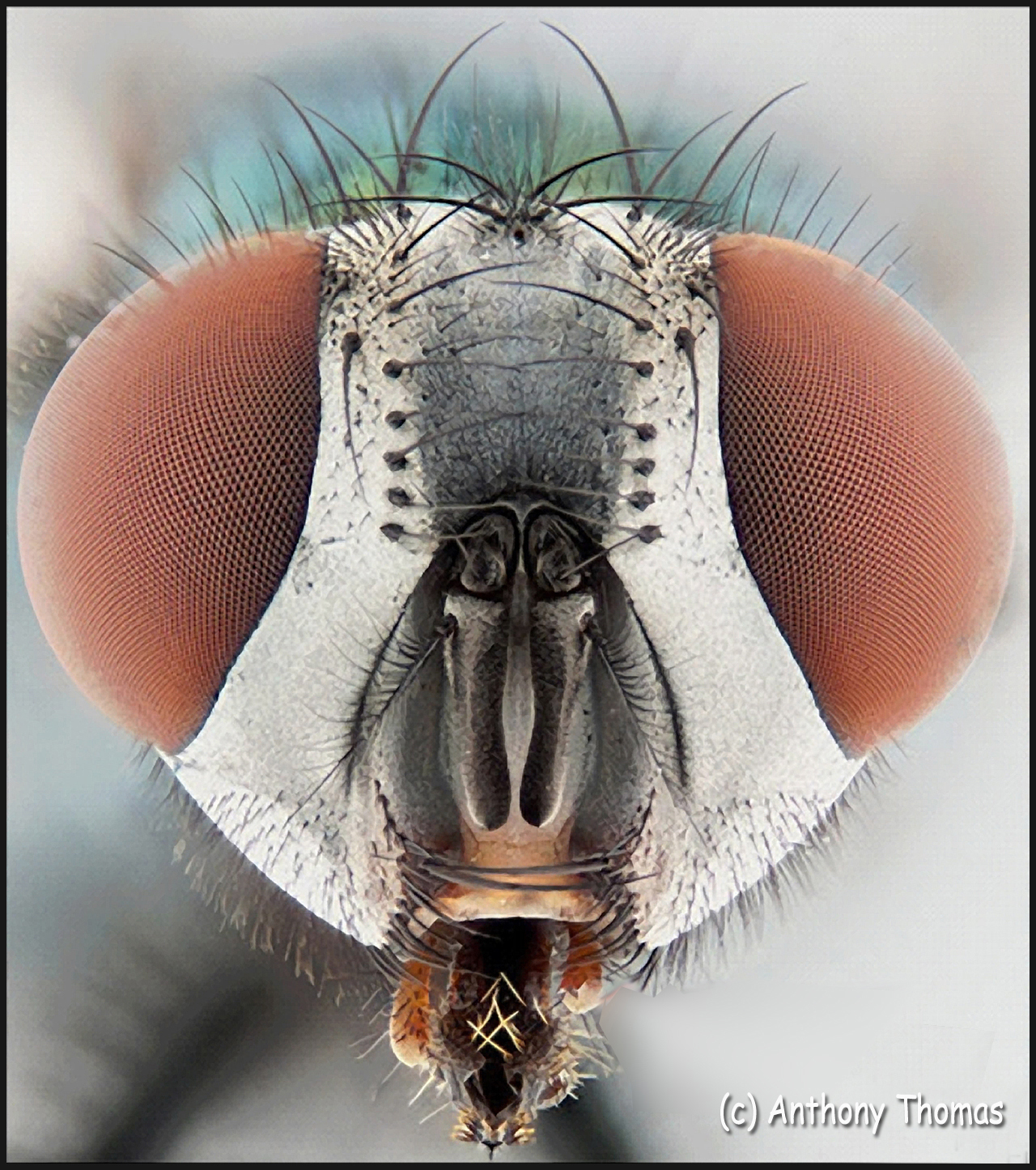 |
|
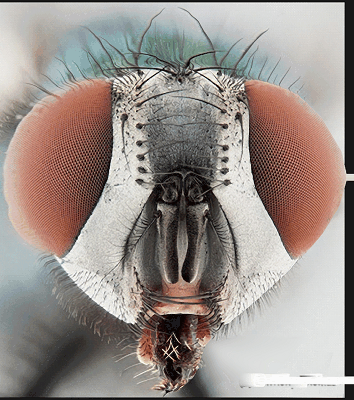 Do you think I did a fair job? See this image much bigger here! (Warning: a large 15 Mb file) |
||
|
Oh! And if you like 3D, visit our 3D microscope here! |
||
